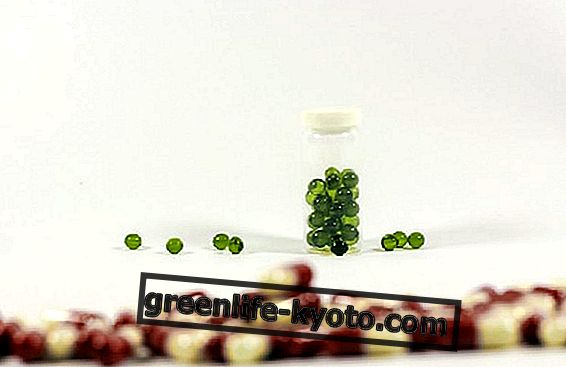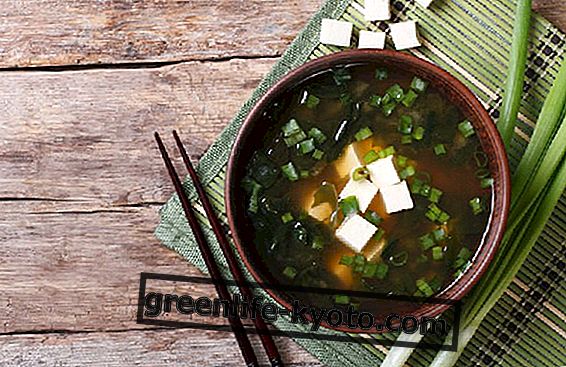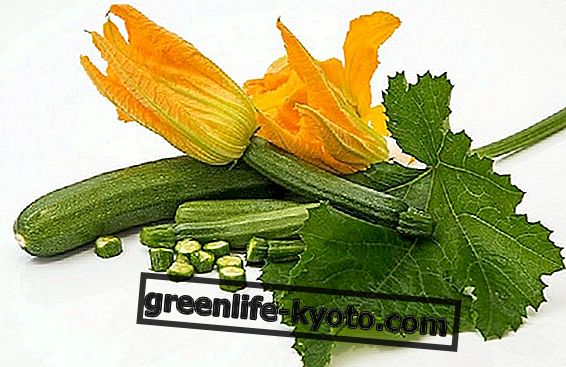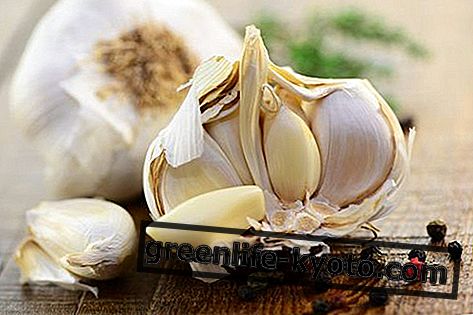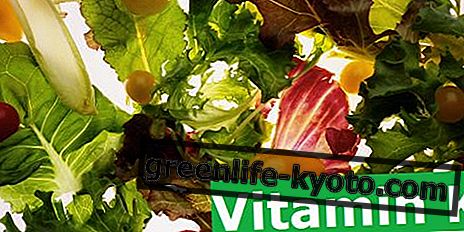
Those who love to cook and spend a few minutes relaxing between hands-on pasta, instead of going to the baker's house to buy ready-made pasta or to rely on the bread-maker, know very well that mixing requires love, patience and dedication, starting with the choice of simple basic ingredients like water, flour and, not least, yeast .
"What you put into it, you find us", is an ancient Apulian saying about food, to make people understand how the ingredients must be carefully chosen for the recipes, to be in season, fresh, healthy and at the right ripeness.
And the lady who prepares the classic pazerotti knows which yeast must be used! Here is a selection of yeasts with their respective characteristics.
Classic brewer's yeast
Sold fresh, often in the form of loaves or dry lyophilized, it is a single type of yeast, Saccharomyces Cerevisiae, and it is so called because at the beginning it was obtained by fermenting beer, while today it is practically produced from sugar beet molasses . If you use the dry one, let it soak in slightly warm water (no more than 40 °) with sugar.
Advantages : the brewer's yeast is comfortable, to be used for bread, pizzas, focaccias and even desserts and if it is left to rise in the right way, using the right quantity and respecting the correct ripening times, it is not indigestible.
Disadvantages : the fresh yeast does not last long in the refrigerator, in a few days mold is formed on the surface. The taste and aroma are less intense than dough made with sourdough. Some find the leavening with the less satisfactory lyophilized one. If the dosage and rest times are not taken care of, it can be heavy for digestion.
Natural sourdough yeast
It is also called sourdough and natural yeast, it is a " slow food " yeast, which you can do on your own: in fifteen days it is ready to make bread or pizza, starting with simple ingredients : 250 grams of Manitoba flour ( but there are also those who use other flours) and 250 ml of low-fat yogurt (replaceable with honey or fruit sugars, like an apple).
Mix the two ingredients until you get a smooth ball that you will let rest for 48 hours, at a temperature no higher than 28 °, in a bowl covered with film, on which 4 or 5 holes are made with a toothpick. After 48 hours we proceed with the first refreshment, taking 200 grams of pasta, 200 of Manitoba flour and 100 grams of water. After this first refreshment, the new dough is placed in a tall and narrow glass jar, still filled with the perforated film, and left to rest for another 48 hours.
We proceed with refreshments for 14 days, every day. On the fifteenth day it is ready to be used at 30% of the quantity of your dough. What remains is preserved in the refrigerator and is refreshed every week, always with the same method, otherwise it dies.
Advantages : it is a natural yeast, ancient, easily digestible; unlike leavened doughs with only one selected micro-organism (brewer's yeast), those made with sourdough contain many bacteria: each contributes differently to the final flavors and aromas. These bacteria pre-digest bread, making starches, proteins and all other nutrients more assimilable and increase tolerance . The scent of the products made with this yeast is incomparable!
Disadvantages : the initial disadvantage may be the "gestation", that is the preparatory phase of the birth of the yeast, which requires time and attention. Another disadvantage perhaps is the taste that some call slightly more acidulous, but it is only a matter of training with the dosages and habit of a completely natural product.
Yeast substitutes for those who are vegan or intolerant
Dried sourdough yeast and dried sourdough
They are two different things. The first also contains a percentage of brewer's yeast, so it can also be used alone for bread making, without adding other 7% yeasts on the weight of the flour (35 grams on a half kilo for instance).
The second one, which is also called dried sourdough, is used from 2% to 4% in combination with brewer's yeast for the preparation of bakery products such as bread, pizza, focaccia and leavened pastry products. It is a combined mixture of dried sourdough and different types of flour (kamut, wheat, rye).
Advantages : these two dried products, used in bakery products, give the product a better taste and aroma, increase the strength and stability of the dough, as well as the coloring of the coast, the crunchiness and preservation. They do not need refreshments and special care and once the package is opened, the products can be kept sealed in a cool, dry place.
Disadvantages : it is a product whose name among the shelves can be misleading, as it can make you think of the result obtained with natural sourdough, but we are completely on another planet! Using it, however, it can be noticed a greater lightness and digestibility, perfume and fragrance, compared to the use of brewer's yeast alone.
Cremor Tartaro
It is an acid salt, also called tartaric acid, which has natural raising properties; it can be used alone or activated thanks to the sodium bicarbonate and it is fundamental for the preparation of leavened destined to the yeast intolerant . Generally it is found in sachets very similar to those of chemical yeast for sweets in which often the cream of tartar is already added with the right amount of bicarbonate; cream of tartar is also very useful for vegetarians who prefer it to chemical yeast, which contains E470a, a stabilizer of animal origin which, depending on the batch, can be a bovine or pork derivative.
Advantages : the flavors of the flours are not covered, it is good for those suffering from food allergies and intolerances.
Disadvantages : it is not always easy to balance the dosage, depending on the recipes; leavening is less dramatic and gives less satisfaction, the dough is a little more difficult to spread, but the result is good.
